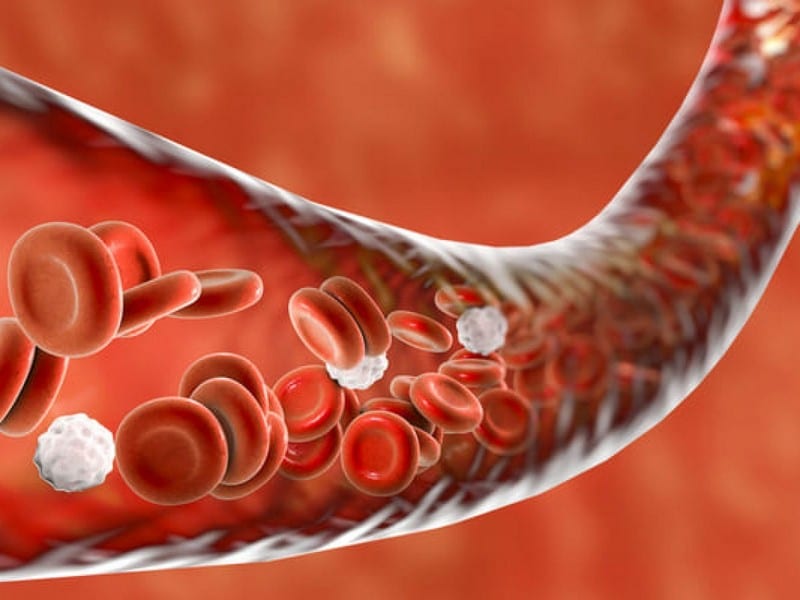Calcium Deposits

One symptom of kidney failure is calcium accumulation in bodily systems other than bones. Calciphylaxis is a highly uncommon condition that may cause excruciating agony and can be fatal. The condition causes calcium deposits in the blood vessels, which may restrict blood flow. This can result in parts of the body in which the skin and tissue below deteriorate and die.
In addition, those affected with calciphylaxis have an abnormality in how their bodies metabolize calcium due to kidney dysfunction. Because of this, calcium is deposited in the arterioles, the tiniest sections of the arteries. This, in turn, ultimately results in the development of blood clots in the arterioles. Clots in the blood may prevent oxygen and nutrients from reaching the epidermis and fatty tissues under the skin.
Calciphylaxis mainly occurs in patients with renal failure who are either undergoing dialysis or have had a kidney transplant. Calcium deposits can also occur on the surface of the skin. It appears as tiny, white, or yellowish lumps that can be painful. The sizes of the lumps might vary and often develop in groups. They usually progress slowly and frequently manifest as rash, itchiness, or redness on the skin.










